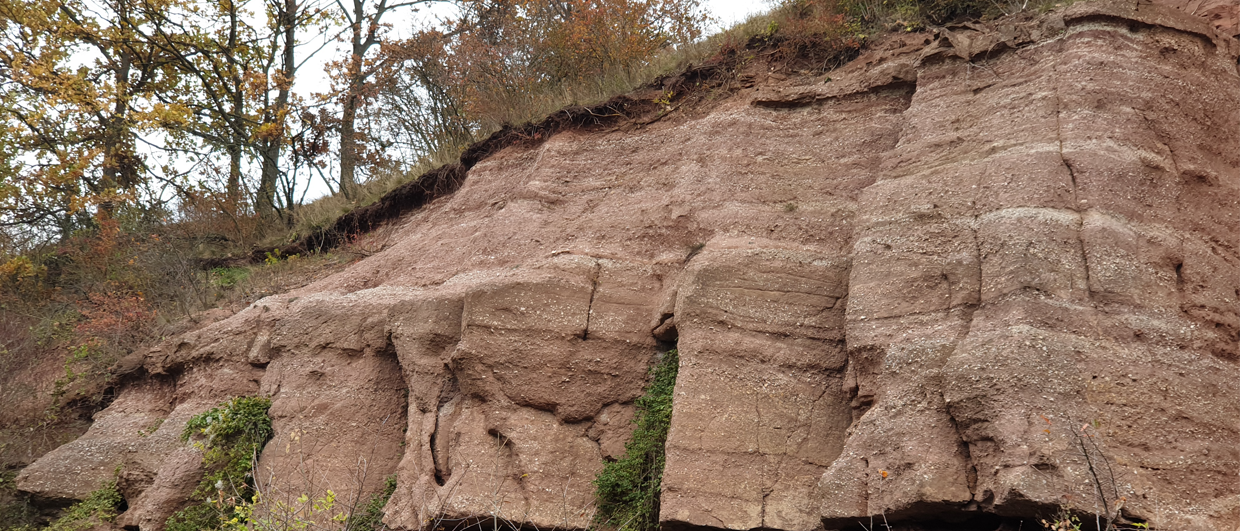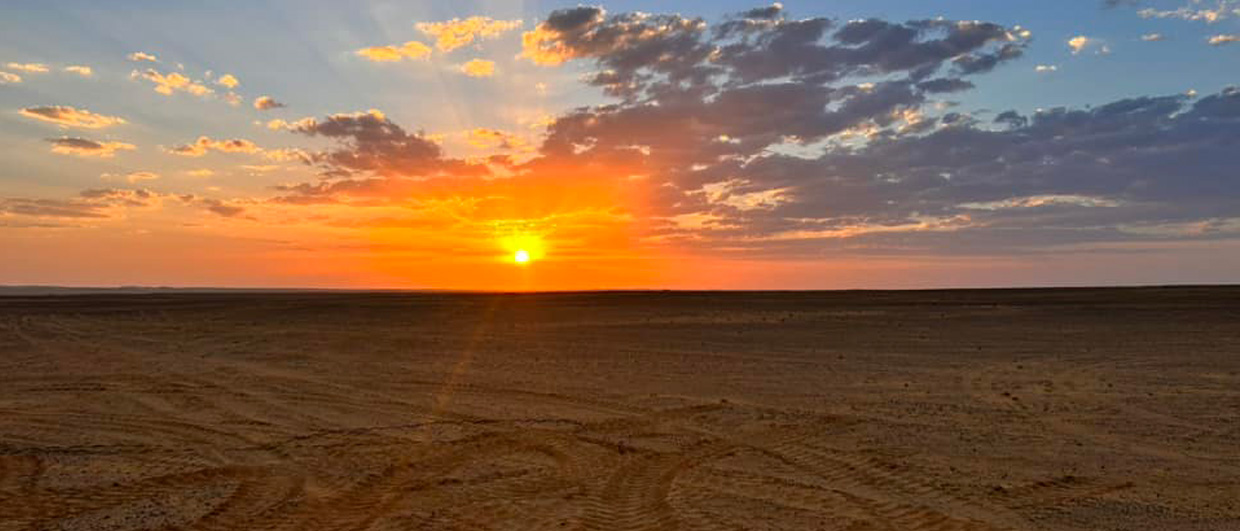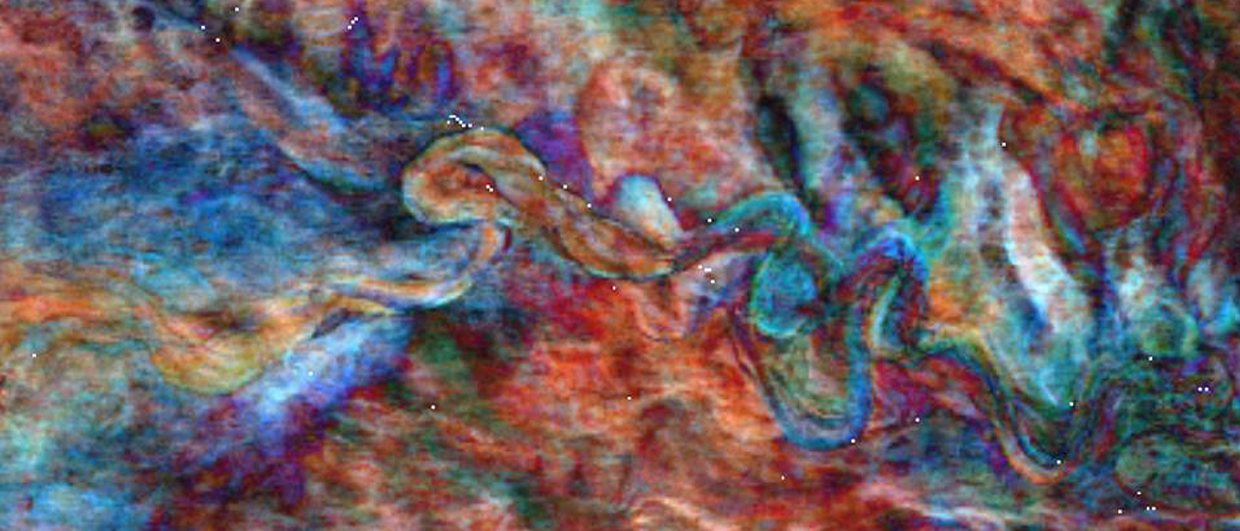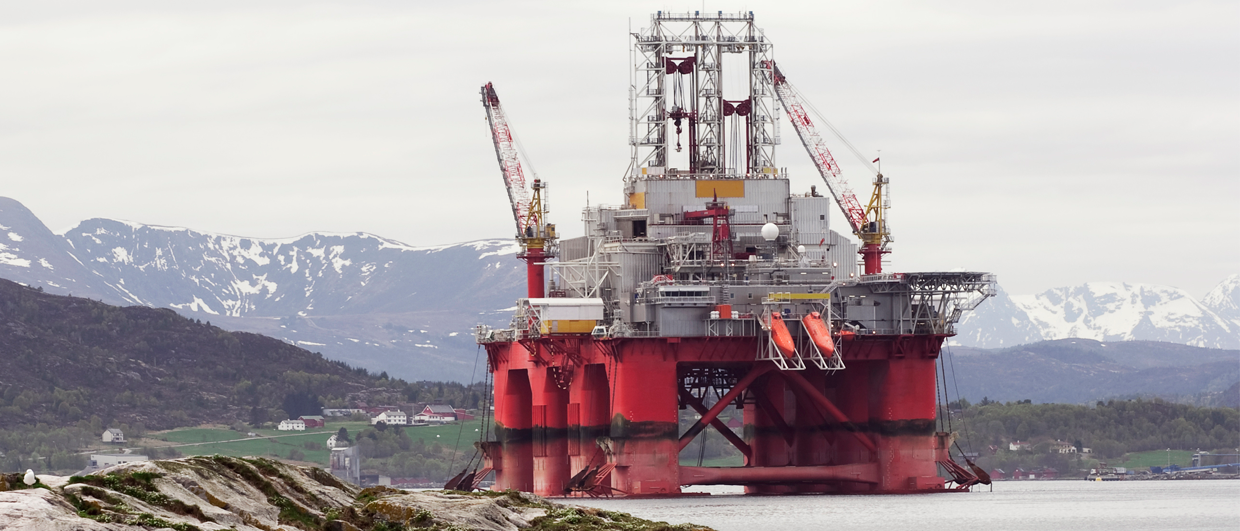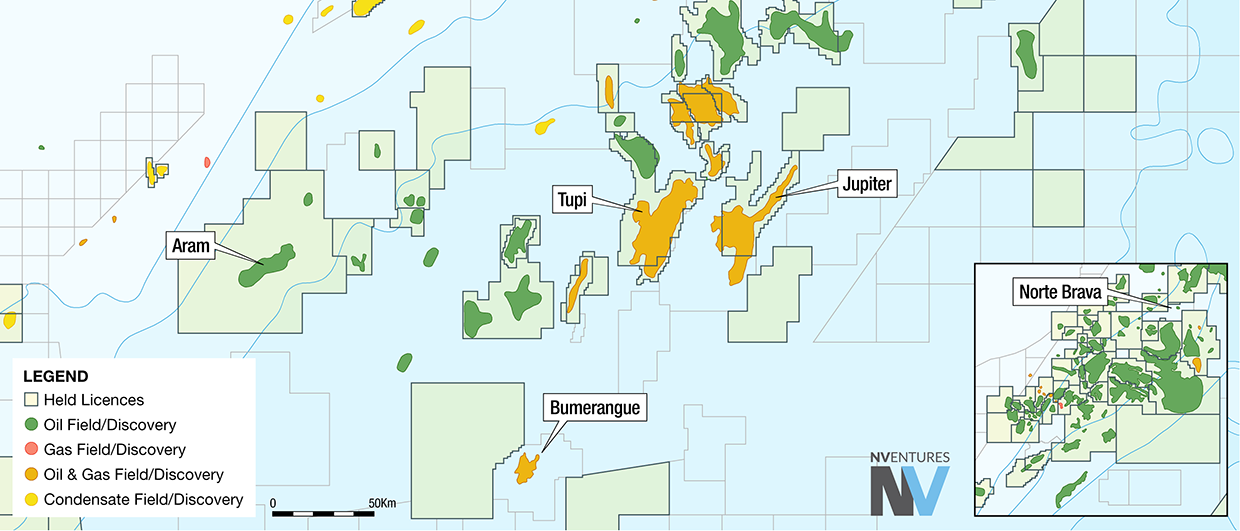In April 2025, the main stakeholders in the offshore energy landscape in the Netherlands signed the so-called “Sector Accord”, which brought more clarity and momentum to exploring for and subsequently producing what remains to be found.
The OBN survey by Shearwater in the K15 and K18 offshore blocks, which was the first OBN survey ever acquired in the Dutch sector, serves as a good example of the effort to find these additional gas resources.
Preparations for the 1,000 km2 survey, which was supported by NAM, Shell, Wintershall, Tenaz, ONE-Dyas, RockRose Energy and EBN, already started in 2020, with acquisition kicking off in September 2022. However, with the first autumn storms also arriving, the North Sea had a few surprises for the crew.
The currents moved some of the nodes over about a 100 m distance, requiring them to be picked up and redeployed. That ultimately led to a total survey duration of 186 days instead of the planned 72, but despite this set-back, the results are reported to be of excellent quality.
Read more about the seismic survey and the processing workflows here.
Rotliegend prospects
Situated at the northern edge of the Broad Fourteens Basin, which is a Jurassic graben system that was inverted in Cenozoic times, the surveyed area is one of the most geologically complex in the Dutch offshore. This is mainly because overthrusting resulted in the juxtaposition of strata that are challenging to image at the best of times; i.e. the evaporites of the Zechstein and the Upper Cretaceous Chalk. For that reason, the limited offset of the legacy surveys did not bring the level of detail required to further de-risk the mostly Rotliegend prospects that sit below the Zechstein evaporite succession.

Recent advances in long-offset OBN technology, primarily gained in the Gulf of Mexico, formed the main driver to invest in this survey, for which a minimum largest offset of 9 km was used. The results indeed show a clear uplift in imaging of the sub-salt Rotliegend and Carboniferous succession, with fault blocks being better illuminated. Work has now started to de-risk the Rotliegend prospects and hopefully, with the Sector Accord now in place, get them drilled in the next few years, before the other surrounding assets cease production.
With Canada-based Tenaz Energy having taken over NAM’s offshore assets, there has been a very recent change of ownership in the survey area, but new eyes can sometimes be a good thing when speeding things up.

